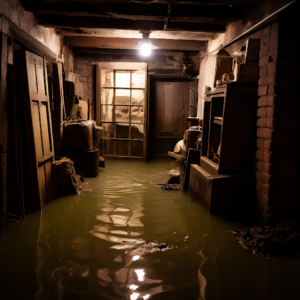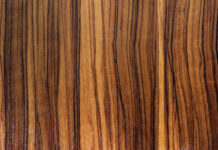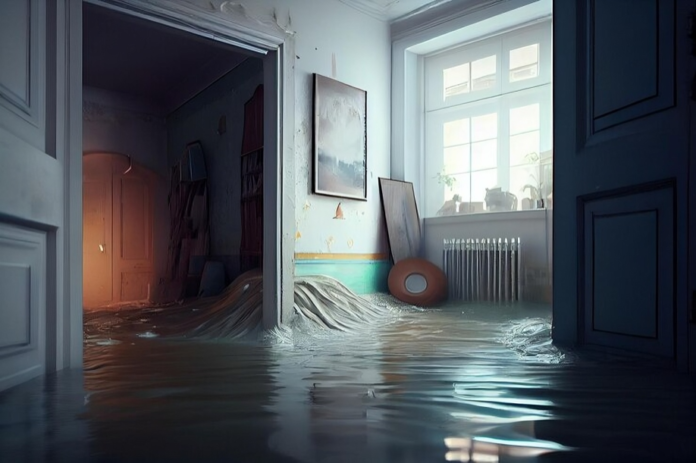Cellars are a common feature of many homes in the UK, especially in older properties. While cellars can provide useful storage space for things like tools and other DIY equipment, they can also come with their fair share of problems if not properly maintained. Here are some of the most common issues faced by homeowners with cellars.

Flooding
Many cellars are prone to flooding, especially if heavy rainwater collects around the property. Groundwater can also seep in through walls and floors over time. Having the right waterproofing measures is key to preventing flood damage.
Installing a sump pump to remove excess water can be helpful. Homeowners should also check that drainage around the property directs rainwater away from cellar access points. Applying a sealant to any cracks in floors/walls will help stop water seeping in. If groundwater ingress is a problem during periods of heavy rainfall, invest in a puddle pump to drain excess water quickly and effectively. They are usually fitted with an internal flat and can be fitted into tight spaces.
Damp and Mould
Excess moisture is one of the biggest problems in cellars. Lack of ventilation, condensation forming on walls, and leakages can all lead to damp and mould taking hold. This not only looks unpleasant but over time the spores released by mould can cause health issues.
Regularly airing out the cellar and using damp-proof paints on walls can help. A dehumidifier is also an effective way to keep moisture under control. Any leaks should be repaired as soon as possible to prevent the problem from worsening.
Pests
The dark, undisturbed environment of cellars makes them an attractive nesting place for pests. Rats, mice, spiders and other creepy crawlies often find their way in. At best, they can cause a general nuisance. At worst, some pests can spread diseases and damage belongings.
Keeping the cellar clean and tidy, with no clutter or food sources, makes it less appealing for pests. Sealing any potential access points shuts off their routes inside. Traps and poisons should be used safely when needed to get rid of more stubborn infestations.
Structural Damage
Neglecting a cellar for too long can lead to issues with the very structure and foundation of the property. Cracks appearing in walls/floors, crumbling brickwork and signs of subsidence are all worrying cellar faults. They indicate potential instability and collapse if not repaired.
Seeking professional advice from a structural engineer is recommended in these situations. Often substantial repairs and reconstruction work will be needed to stabilise the structural integrity. It’s important to act quickly to prevent worsening and very costly damage.
Making Your Cellar Safe
Cellars can quickly become cluttered and hazardous spaces if they are not organised properly. Stacking boxes unsafely, having poor lighting on stairs, or leaving sharp tools around are among the hazards.
Focus on installing good lighting, tidying clutter, and using safe storage solutions like shelving. Ensure stairs are stable and install handrails. Practicing good general safety will help make your cellar a useful, risk-free space.
























